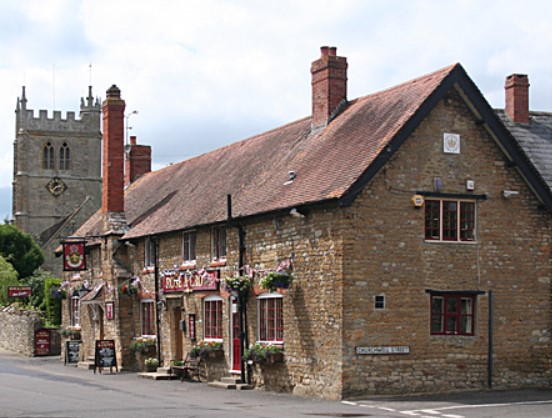Introduction
John Purchase and his wife emigrated to Australia in 1849, where they probably found prosperity in the gold rush. Ten years later, they sailed home on a record-breaking clipper ship. With his newfound wealth, John took on the tenancy of a large farm at Cattistock. However, dissatisfaction soon set in, and he returned to Australia in 1863, only to come back to England again in 1876. He then lived on his savings for 37 years before passing away in 1913.
Early life
John was born around 1828 at Hardington, the second of seven children born to John and Charlotte Purchase. His father was a farmer who later became an innkeeper.
In about 1847, John moved to Bradford Abbas with his parents.
Marriage
On 18 May 1847, John married Elizabeth Genge, the daughter of Abraham and Sarah Genge, at Bradford Abbas. At the time of their marriage, John was 19 years old, while Elizabeth was 21.[1] Both signed the marriage register, and the witnesses were Elizabeth’s sister, Susan, and Susan’s future husband, Albert Young. The marriage register recorded John’s occupation as an innkeeper.
Return to Hardington
By 1849, John and Elizabeth were living at Hardington, where John was the tenant of his father.[2]
Australia
In 1849, John and Elizabeth travelled as assisted immigrants to Australia aboard a ship named the British Empire.[3] The ship departed from Plymouth on 7 February and arrived in Melbourne on 6 June. They settled in Melbourne, where they had two children: Charlotte in about 1851, and John two years later.[4]
The discovery of gold at Ballarat, located sixty miles west of Melbourne, in 1851 sparked a gold rush that drew migrants from around the world. As a recent immigrant trying to find his footing, John probably joined this wave of prospectors. It is quite possible that by 1859, he had amassed his fortune and wanted to return home.
John and his family travelled home on the Lightning, which left Melbourne on 11 May 1859 and arrived in Liverpool on about 1 August 1859.[5] Their choice of a record-breaking clipper suggests that they had the means to travel in style.
They returned to Somerset and had their two children baptised at Hardington on Sunday, December 4, 1859.
Cattistock
John was prosperous enough to take on the tenancy of a large farm.
By April 1861, he was farming 329 acres at Impark, Cattistock, employing four men and two boys. However, he soon grew restless.
Return to Australia
In 1863, the family returned to Australia as unassisted passengers on board the Queen of the South.[6]
After living in Australia for thirteen years, John decided to return home. In February 1876, John, Elizabeth and John Junior returned to England on the Somersetshire, but Charlotte remained in Australia.[7] Later that year, John Junior returned to Australia aboard the Hankow.[8]
Ashcott
By April 1881, John and Elizabeth lived at Lawn Cottage, Ashcott, Somerset.
Landenny
By April 1891, John and his wife were staying with John’s sister, Edith, and her husband, William Purchase Haggett, at the Raglan Arms in Llandenny, Monmouthshire.
Elizabeth’s death
They later returned to Somerset and were residing at Norton-sub-Hamdon by 1898, where Elizabeth died intestate on 2 May 1898, at the age of 72, leaving an estate valued at £157 2s 8d, which John administered.
Second marriage
On 16 November 1899, John married Amelia Ann Vigar, who lived with her brother and sister at Chilthorne Hill Farm, Chilthorne Domer. They briefly lived at Rimpton before settling at West Camel. Amelia died at West Camel in September 1908 at the age of 68.
Death
John continued to reside at West Camel, where he died on 8 April 1913, at the age of 85. He was buried at Norton-sub-Hamdon alongside his first wife. He left an estate valued at £2,765-18s-1d, which he bequeathed to his son.
References
[1] Although the marriage register recorded John’s age as 20, he was probably 19 at the time.
[2] Hardington voters’ lists.
[3] Assisted passenger lists (1839-1871).
[4] According to the 1861 census, Charlotte was born at Melbourne and John was born at Albion, later a suburb of Melbourne.
[5] Australian outwards passenger lists (1852-1923); Glasgow Courier, 2 August 1850, p.3.
[6] Australian unassisted passenger lists 1852-1923.
[7] Australian outwards passenger lists 1852-1923.
[8] Australian unassisted passenger lists 1852-1923.

